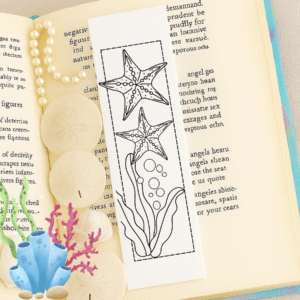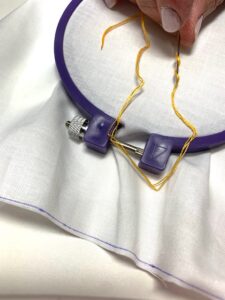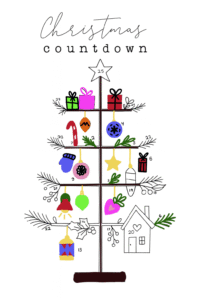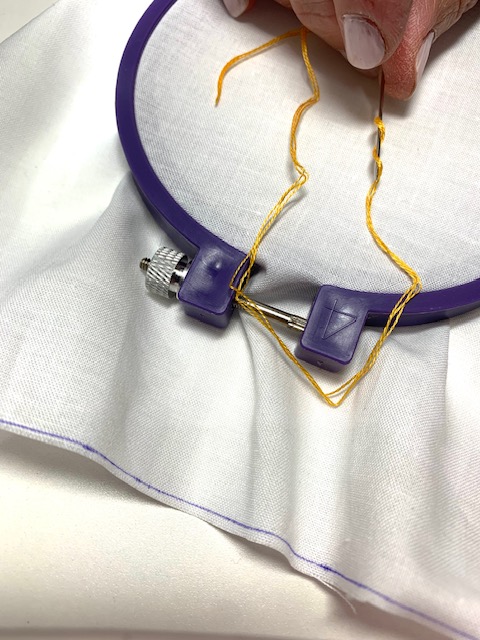
Origins & Historical Journey
Despite its name, the French knot didn’t originate in France. Its earliest known use traces back to ancient China, where knotted stitches like the Pekin knot adorned silk garments as early as the Warring States period. These techniques traveled west via the Silk Road, influencing European embroidery traditions.
By the 16th century, French knots appeared in Swiss and South German ecclesiastical embroidery, and by the 17th century, they were common in Jacobean crewelwork and raised embroidery, often used to depict foliage or hair. The stitch gained popularity in France during the 18th and 19th centuries, especially in royal and ecclesiastical pieces, which likely led to its enduring name.
Throughout the 19th century, French knots became a staple across embroidery traditions—from Mountmellick whitework in Ireland to Guimarães embroidery in Portugal.
Why Embroiderers Love French Knots
French knots are beloved for their:
- Dimensional texture: They add a tactile, raised element to flat embroidery.
- Versatility: Perfect for flower centers, animal eyes, freckles, berries, and more.
- Elegance: Their delicate appearance suits both traditional and modern designs.
- Adaptability: Can be used singly or in clusters for shading and filling.
Whether you’re working on a botanical motif or a whimsical portrait, French knots offer a charming pop of detail.

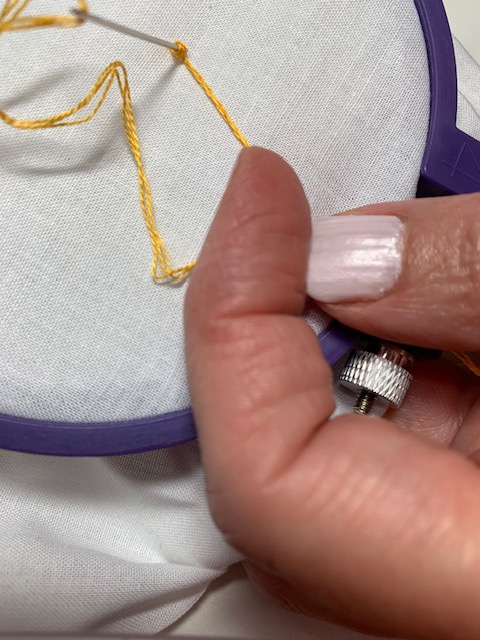
How to Stitch a French Knot
Here’s a step-by-step guide to mastering this classic stitch:
- Bring the needle up through the fabric at the desired point.
- Wrap the thread around the needle once or twice (more wraps = larger knot).
- Hold the thread taut with your non-dominant hand.
- Insert the needle back into the fabric very close to the original point.
- Pull the needle through slowly while keeping the thread taut.
Pro Tips for Perfect Knots
- Use a sharp needle with a small eye for smooth wrapping.
- Keep your thread tension consistent to avoid loose or tight knots.
- Practice on scrap fabric to build muscle memory.
- For smaller knots, use fewer wraps and finer floss.
Free Patterns Featuring French Knots
Now that you know a little bit about the history of French knots, why not try some of the free patterns below? You can start with a simple Poinsettia and work your way up to something that will take you a little longer to finish, like the Sailboat.
- The French Knot Sailboat
- Poinsettia Flower
- June’s Quilt Block
- Polar Bear (this one isn’t free, but once you advance, you might want to give this beautiful pattern a try.)
As an Amazon Associate, I earn from qualifying purchases.
Are you ready to try your hand at French knots?

